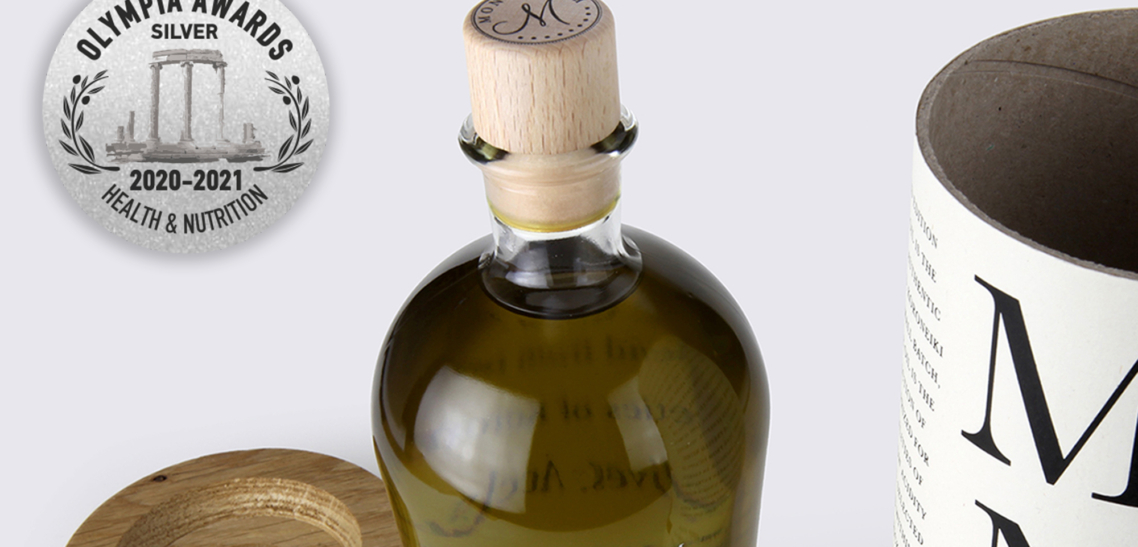
How to select High-Polyphenol Olive Oils
Consumers interested in the health benefits often ask how to find high-polyphenol extra virgin olive oils.
Only a few brands list polyphenol contents online, but often as just a plain number, without an explicit mention of the units in which the polyphenol values were measured.
This creates confusion since different polyphenol test methods may be used by different labs depending on their capabilities, and polyphenol results may be wildly different and not directly comparable.
For example, tests expressed in gallic or caffeic acid units are almost equivalent but completely dissimilar to other units.
We could delve into the fine points of how polyphenols are measured. But for simplicity’s sake, here is a guideline for selecting high polyphenol oils
Early harvest (NOT late harvest)
The accumulation of polyphenols in the olive fruit occurs earlier than the oil buildup. The composition may change during the growing season with a later decrease at the onset of fruit ripening. Thus, early harvest olive oils will have a higher level of polyphenols.
Olive cultivar
The genetics of olive varieties determine the polyphenol level potential and there is a great diversity of cultivars.
The content of polyphenols in the fruit may be a hundred to a thousand-fold higher than in the resulting oil. That is why table olives need to be de-bittered by fermentation, brining or chemical treatment to make them edible.
- Greek olive cultivars high in poly-phenols are Koroneiki and Athinolia for sure
Produced in temperate climates (NOT desert climates)
The difference in polyphenol content between olives grown in temperate and desert climates may be due to the rate of ripening of the fruit.
Desert olives may ripen earlier with an overall decreased level of polyphenols. On the other hand, mild water stress, as can be done in rain-fed orchards in Mediterranean climates, may result in an increase in polyphenols
Flavor style listed as Robust
Olive oils with robust and intense organoleptic characteristics have higher concentrations in polyphenols. For example, bitterness is mostly due to oleuropein and pungency (the throat sensation triggering coughing) to oleocanthal which are important bio-phenols compounds
Health benefit claim
If mainly interested in oleuropein and oleocanthal content because of the health benefit claims, one must rely on lab tests that quantify those polyphenols or the taste of the oil itself: bitterness is mostly due to oleuropein and pungency (the throat sensation triggering coughing) to oleocanthal.
Also, bear in mind that these two complex polyphenols are mostly present on fresh oils and are naturally depleted in older oils.
In MONOGRAM, all our olive oils are analyzed annually according to the official method, recognized by the International Olive Council and European Commission regarding the health claim EU. Reg. 432/2012 as well as by the World Olive Center for Health under the supervision of the Faculty of Pharmacy in the University of Athens. They are certified as Top- High-Phenolic olives oils with a “Health claim” on their label.
However, the following products from our MONOGRAM collection “Early Harvest-Koroneiki cultivar Organic”, “Athinolia cultivar Organic” as well as the “Premium Organic EVOO-Gift , “Koroneiki cultivar Organic ” and “Intense Flavor EVOO” have a phenol content that is much higher than 600mg/kg (600ppm) turning them to Silver & Gold winners in Health & Nutritional international Awards for 2020 and 2021
So, let’s enjoy those super foodie gifts of nature…
